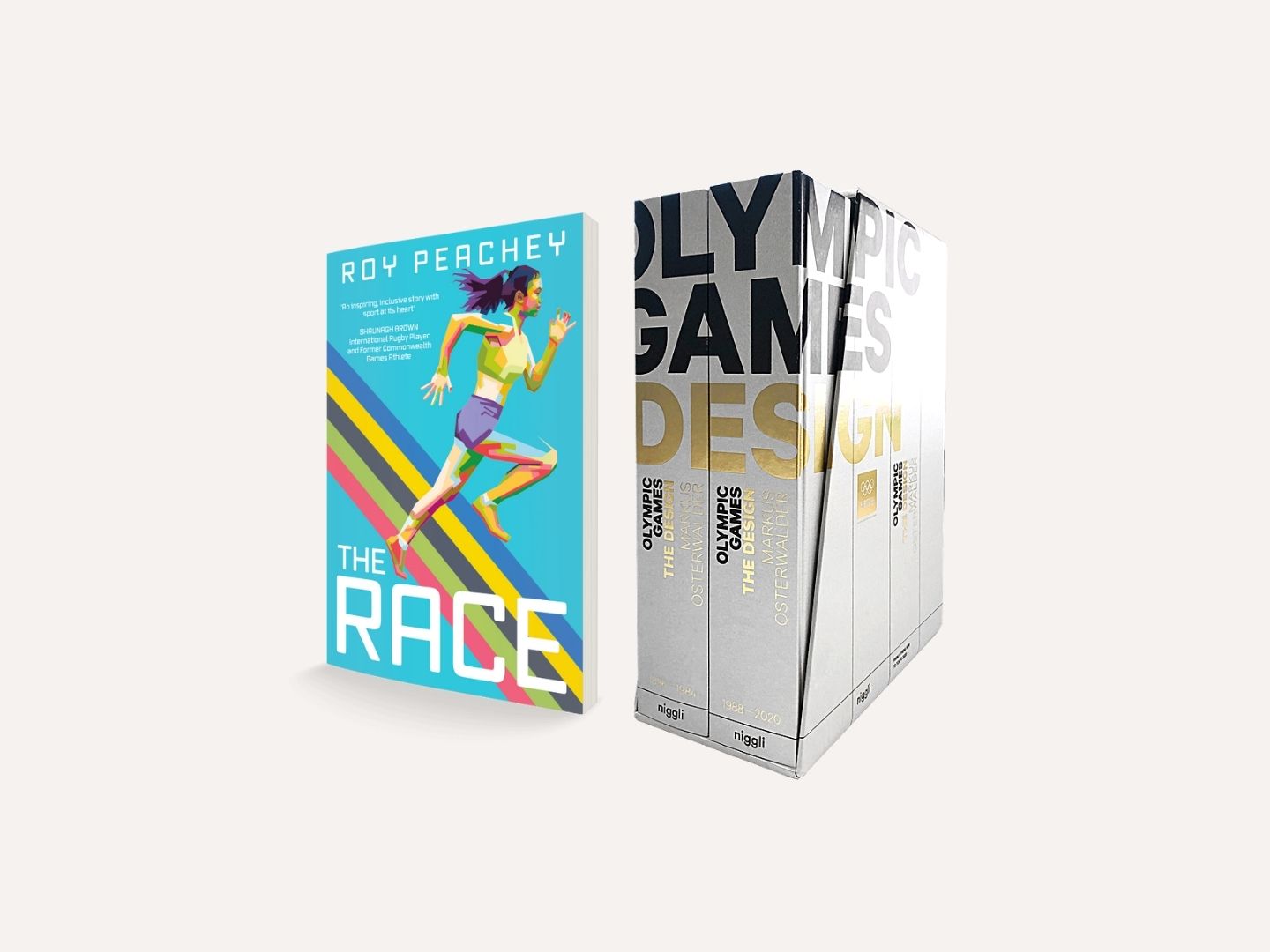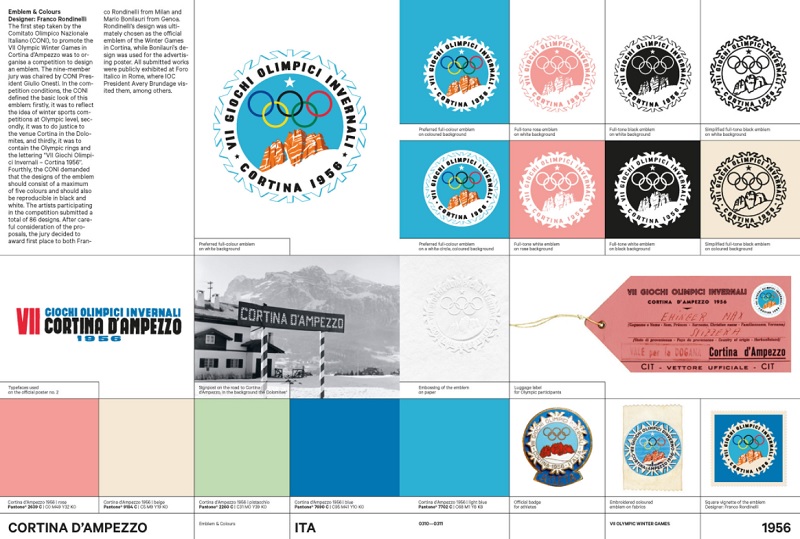
Roy Peachey’s The Race and Markus Osterwalder's Olympic Games: The Design (Photo: Cranachan Publishing; Niggli Verlag)
Away from the track, field, stadium, pool and road, the Olympics is a visual smorgasbord of logos, mascots, medals, pictograms, uniforms, tickets, luggage tags, posters, souvenirs, signage, historical records, documents and much more.
Ardent Games fans would probably have their own collections of items that remind them of memorable host cities or favourite events and athletes. But no one can possibly match what graphic designer Markus Osterwalder has amassed since attending his first Games in Lillehammer, Norway, in 1994 — 6,000 illustrations tracing the visual history of the Olympics.
olympic_games-_the_design.jpg

Osterwalder, secretary-general of the International Society of Olympic Historians, has compiled his finds into two volumes that map the design of this mega event, as well as significant developments in the branding and corporate identity of Games partners and supporters.
The two-volume Olympic Games: The Design is a treasure trove of sport, history and design, published by Niggli Verlag of Switzerland. Each venue has its unique attractions, and from Athens in 1896 to Tokyo 2020, this hefty work shows how images merge national spirit and international trends with the values of the Summer Games — friendship, solidarity and fairness.
Osterwalder was moved to collect everything he could find from and about the Olympics and put them together because “nothing on the market showed or explained the beautiful examples from the past”. His 58 chapters of facts and stories about who created what designs and how, from the birth of the Modern Games to the present, is as good as gold for his goal.
Meanwhile, Roy Peachey’s The Race explores two meanings of that word: an event 12-year-old Lili is training for and the taunts of an arch-rival that she is different from everyone around her.
Lili, adopted from China by English parents, loves to run and wants to win because the Queen is visiting on sports day. She divides her time between the track and her school project on Eric Liddell, the Scottish athlete who clinched the 400m gold for Britain at the 1924 Paris Olympics in a record 47.6 seconds. That victory, plus a bronze medal in the 200m, inspired Chariots of Fire, winner of the 1982 Academy Award for Best Picture.
Liddell was also born in China, to which he returned in 1925 and served as a missionary, like his parents. When war broke out, he and his family fled to a rural mission station, where he was interned in 1943. Two years later, the man of faith who chose to stay and serve the locals despite a chance to leave the camp died of ill health.
Peachey weaves history and fiction by telling Liddell’s story and Lili’s in dual narratives. While the Olympic champion faced competition, religious differences and war, the schoolgirl has to deal with sexist and racist mind games. When her training is thrown into chaos by events outside her control, she realises that she must choose between family and the race of her life.
Purchase Markus Osterwalder's 'Olympic Games: The Design' from Book Depository here and Roy Peachey’s 'The Race' here.
This article first appeared on Jul 26, 2021 in The Edge Malaysia.


